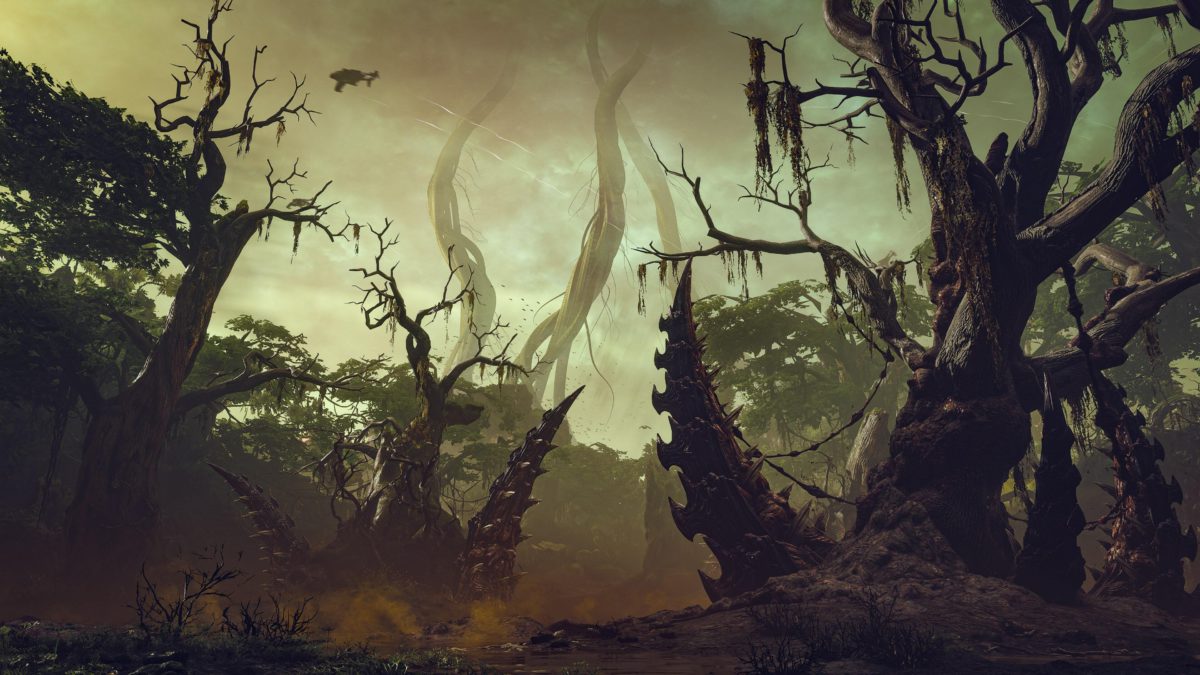Employees at Call of Duty studio Raven Software, who formed the first Activision Blizzard union in 2022, have filed a complaint against the developer, Activision, and new parent company Microsoft.
According to Game File, the workers filed a complaint with the U.S. National Labor Relations Board under categories including Refusal to Bargain/Bad Faith Bargaining, Changes in Terms and Conditions of Employment, and Concerted Activities (Retaliation, Discharge, Discipline).
“After Microsoft’s acquisition of Activision Blizzard, our members were optimistic that they would progress quickly to a first contract at Raven Software,” Communications Workers of America (CWA) president Claude Cummings Jr. said. “Unfortunately, that has not happened. We encourage Microsoft to address the concerns raised in the Unfair Labor Practice charge and make reaching a fair agreement a priority.”
The CWA declined to comment on specifics of the allegations when contacted by Game File, but a Microsoft spokesperson said: “We are committed to negotiating in good faith.”
The CWA, under which the Raven Software employees formed their union, initially expressed support of Microsoft’s $68.7 billion acquisition of Activision Blizzard. “It is a new day for workers at Activision Blizzard,” it said when the acquisition went through.
Things have seemingly turned sour, however, though it could be a while before the National Labor Relations Board makes its verdict.
Raven’s action is part of a growing labor movement within the video game industry that comes amid mass layoffs and studio closures. Paris-based studio Spiders recently announced plans to go on strike just weeks before its next game, Greedfall 2, goes on sale. In July, Starfield developer Bethesda Game Studios became the first Microsoft studio to fully unionize under the CWA, forming a “wall-to-wall” union of developers including artists, engineers, programmers, and designers. Sega of America’s union ratified a contract earlier this year.
Ryan Dinsdale is an IGN freelance reporter. He’ll talk about The Witcher all day.



